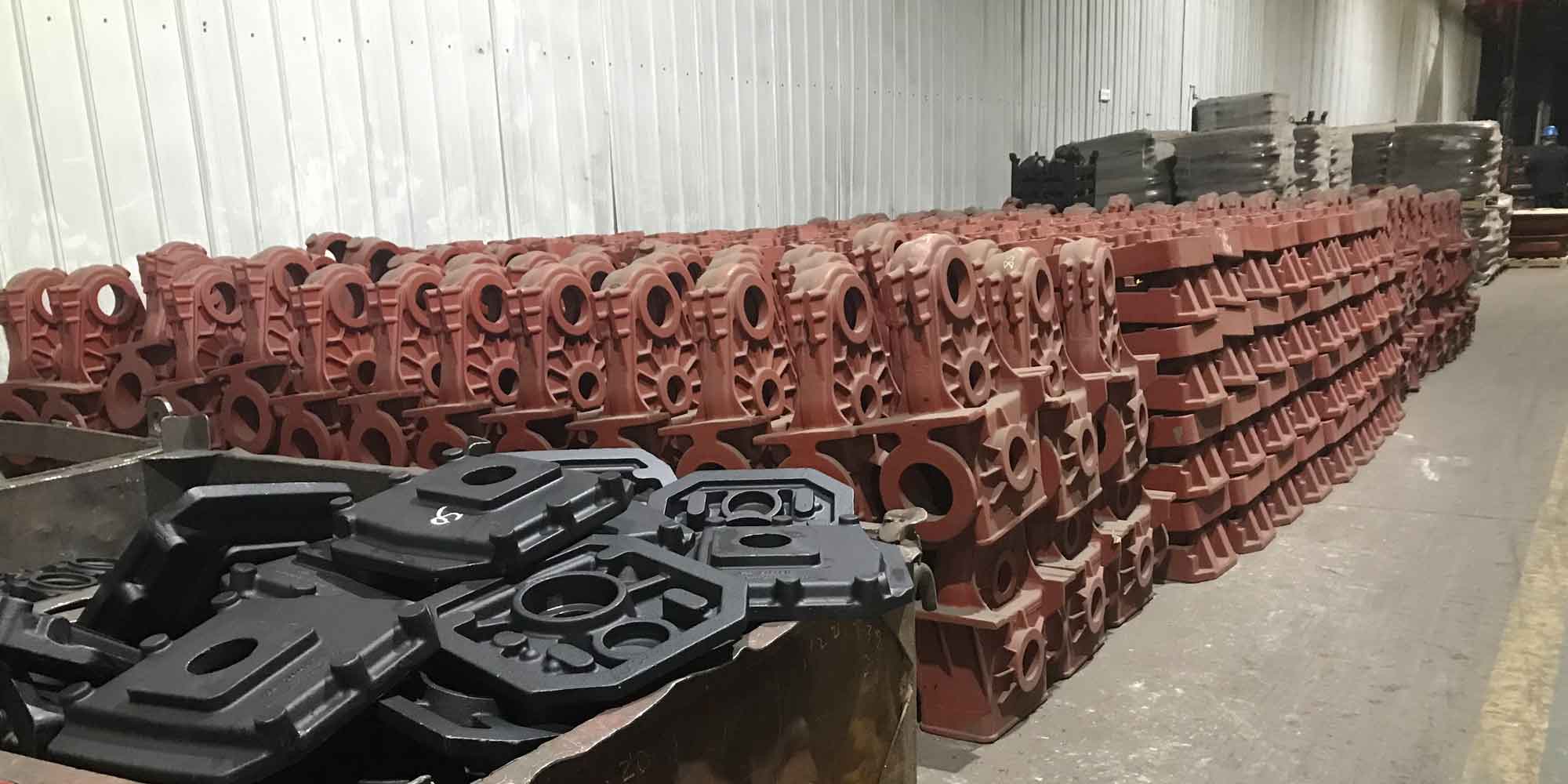This paper presents a systematic approach to optimizing the casting process for large thin-walled steel components with complex geometries. Through comprehensive process analysis and advanced simulation technologies, we address critical challenges in manufacturing high-integrity steel castings for specialized armored vehicles.
1. Process Design Methodology
The casting process design for thin-walled steel components follows these key principles:
$$ \frac{\partial T}{\partial t} = \alpha \left( \frac{\partial^2 T}{\partial x^2} + \frac{\partial^2 T}{\partial y^2} + \frac{\partial^2 T}{\partial z^2} \right) $$
Where \( T \) represents temperature distribution, \( \alpha \) is thermal diffusivity, and \( t \) denotes solidification time. For steel casting applications, typical thermal parameters are shown in Table 1.
| Parameter | Value | Unit |
|---|---|---|
| Pouring Temperature | 1,570 | °C |
| Mold Initial Temperature | 25 | °C |
| Interfacial Heat Transfer | 500 | W/m²·K |
| Solidification Time | 32-45 | min |

2. Gating System Optimization
The open gating system design for steel casting components follows these critical ratios:
$$ \frac{A_{sprue}}{A_{runner}} = 1.2 \quad \text{and} \quad \frac{A_{runner}}{A_{gate}} = 1.5 $$
Key dimensions include:
- 5 gates with cross-section 45-50 mm × 30 mm
- Sprue diameter: 80-100 mm
- Runner length: 1,200-1,500 mm
3. Riser Design and Chilling Mechanism
Riser sizing for steel casting applications combines modulus method and feeding distance theory:
$$ M_{riser} = 1.2M_{casting} $$
Chilling efficiency comparison between different materials shows:
| Material | Density (g/cm³) | Chilling Efficiency |
|---|---|---|
| Carbon Steel | 7.8 | 2.0×Silica Sand |
| Zircon Sand | 3.0 | 1.13×Silica Sand |
| Chromite Sand | 4.3 | 1.25×Silica Sand |
4. Numerical Simulation and Validation
ProCAST simulations for steel casting processes reveal critical solidification patterns:
$$ \frac{dT}{dt} = -\frac{hA}{\rho V c_p}(T – T_m) $$
Where \( h \) = heat transfer coefficient, \( A \) = surface area, \( \rho \) = density, \( V \) = volume, and \( c_p \) = specific heat capacity.
5. Process Verification and Quality Control
Production trials demonstrate significant improvements in steel casting quality:
- Shrinkage defects reduced by 78%
- Dimensional accuracy improved to CT9 level
- Surface roughness Ra ≤ 25 μm
The optimized steel casting process achieves 92% yield rate while maintaining strict military specifications for armored vehicle components. This methodology provides valuable insights for manufacturing complex thin-walled steel castings across various industrial applications.
Future research directions include:
$$ \text{AI-Powered Defect Prediction} = f(\sigma_{thermal}, \epsilon_{strain}, \dot{T}_{cooling}) $$
Where process parameters integrate real-time thermal stress (\( \sigma \)), strain (\( \epsilon \)), and cooling rate (\( \dot{T} \)) data for intelligent steel casting optimization.
